Anthropology
Related: About this forumAncient Andean leaders may have mixed hallucinogen with their beer
A concoction of vilca seeds and fermented alcohol may have provided a mild hallucinogenic experience, enabling Wari leaders in South America to bond with their people
HUMANS 12 January 2022
By Michael Marshall

Anadenanthera colubrina, a tree species common to nearly all regions of South American
Matt Lavin/Flickr
Get high, make friends. Members of the Wari society, who lived in the Peruvian Andes more than 1000 years ago, may have mixed hallucinogenic seeds into their beer. Such a mind-bending drink might have offered a way for society leaders to create bonds with ordinary people.
“Being able to provide that experience would create heightened social status among Wari leaders,” says Matthew Biwer at Dickinson College in Carlisle, Pennsylvania.
The Wari culture flourished in what is now Peru between around AD 550 and 1000. Biwer calls them “the first example of an expansionary state in the Andes”, preceding the later Inca Empire. “There is no written record,” says Biwer, so we don’t know what they called themselves. But they left behind distinctive artefacts and structures including canals.
In the centre of the site, the team found a pit filled with about a million seeds of Schinus molle: a kind of fruit known as molle, or sometimes Peruvian pepper. The molle fruits were used to make a fermented alcoholic drink, a bit like beer, known as chicha. A few steps away, in a garbage pit, the team found seeds from vilca trees (Anadenanthera colubrina). Vilca seeds contain hallucinogenic substances and have been widely used in Andean cultures. “I haven’t tried vilca myself,” says Biwer, but ethnographic accounts often describe it causing “a sensation of flying”.
Read more: https://www.newscientist.com/article/2304014-ancient-andean-leaders-may-have-mixed-hallucinogen-with-their-beer/#ixzz7HjJtOcV0
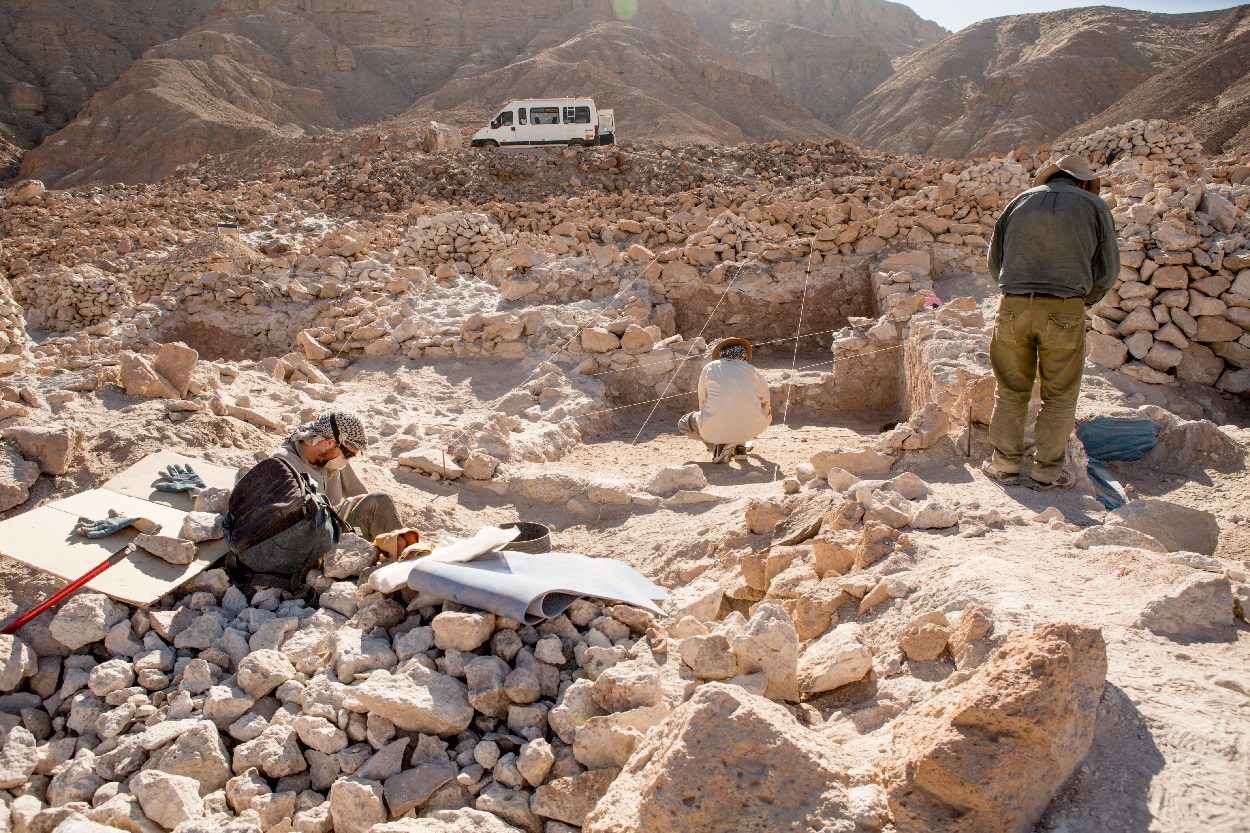
"Wari site called Quilcapampa"


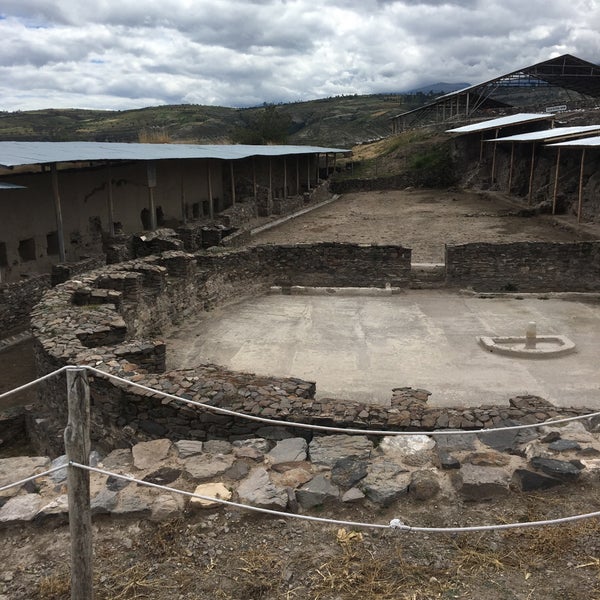
Peru: Ancient astronomical observatory found in Cusco
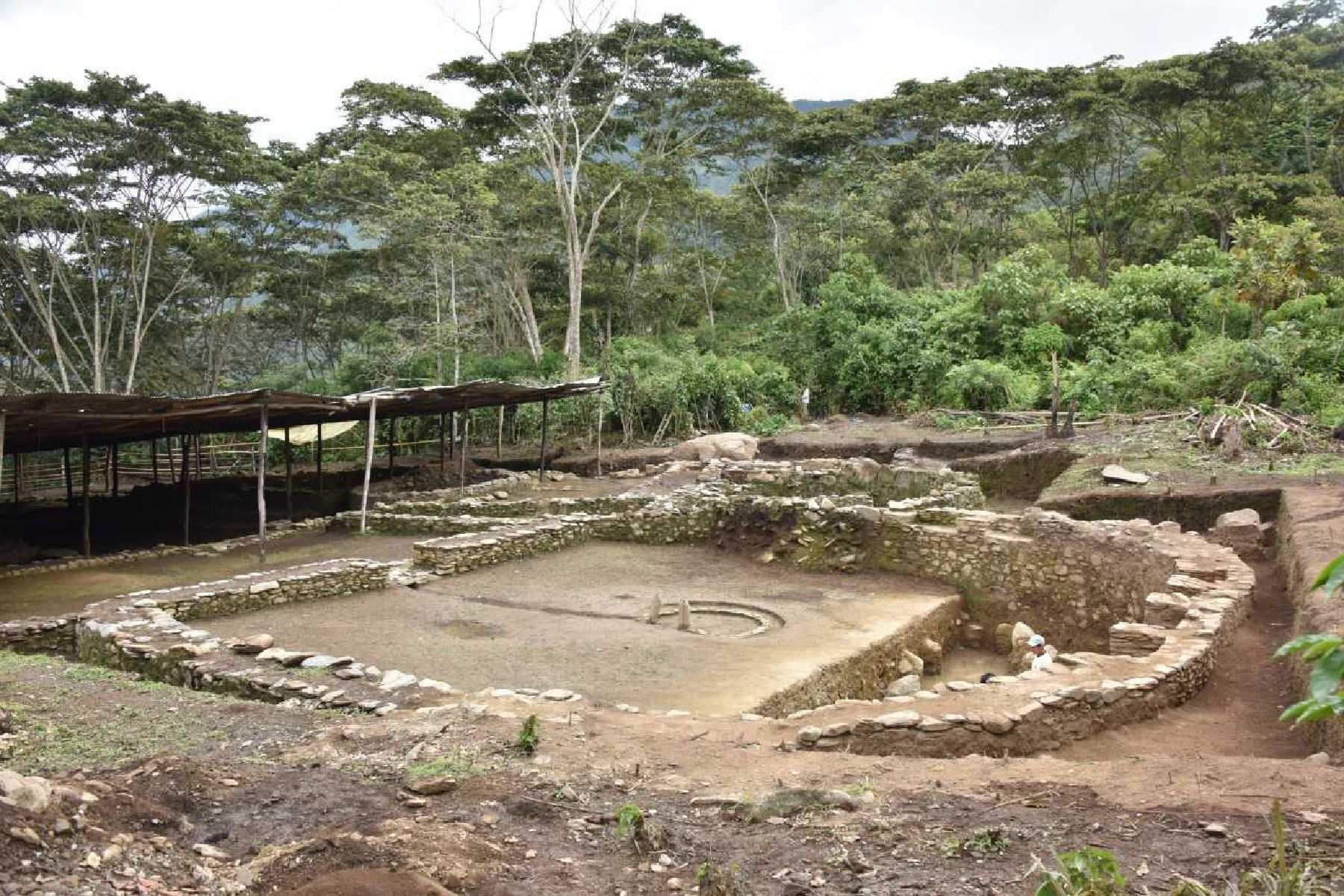
Research works at Espiritu Pampa archaeological site in Southern Cusco region led to the discovery of an astronomical observatory, massive stone walls, as well as ceramics and other pieces of evidence of pre-Hispanic Wari and Inca cultures presence.
The finding was confirmed by State-run Decentralized Culture Directorate of Cusco (DDCC) specialists in charge of the research.
Head archaeologist Javier Fonseca shared details about the stone walls, which are part of a massive D-shaped temple.
This feature has led the experts to believe the architecture belonged to Wari culture, a society that flourished in South-Andean Ayacucho region and stretched over Cusco's rainforest.
A smaller —also D-shaped structure— was found at the center of the temple which —given its symbolic location— is believed to have served as an astronomical observatory for Wari's magical-religious rituals.
More:
https://andina.pe/ingles/noticia-peru-ancient-astronomical-observatory-found-in-cusco-692974.aspx
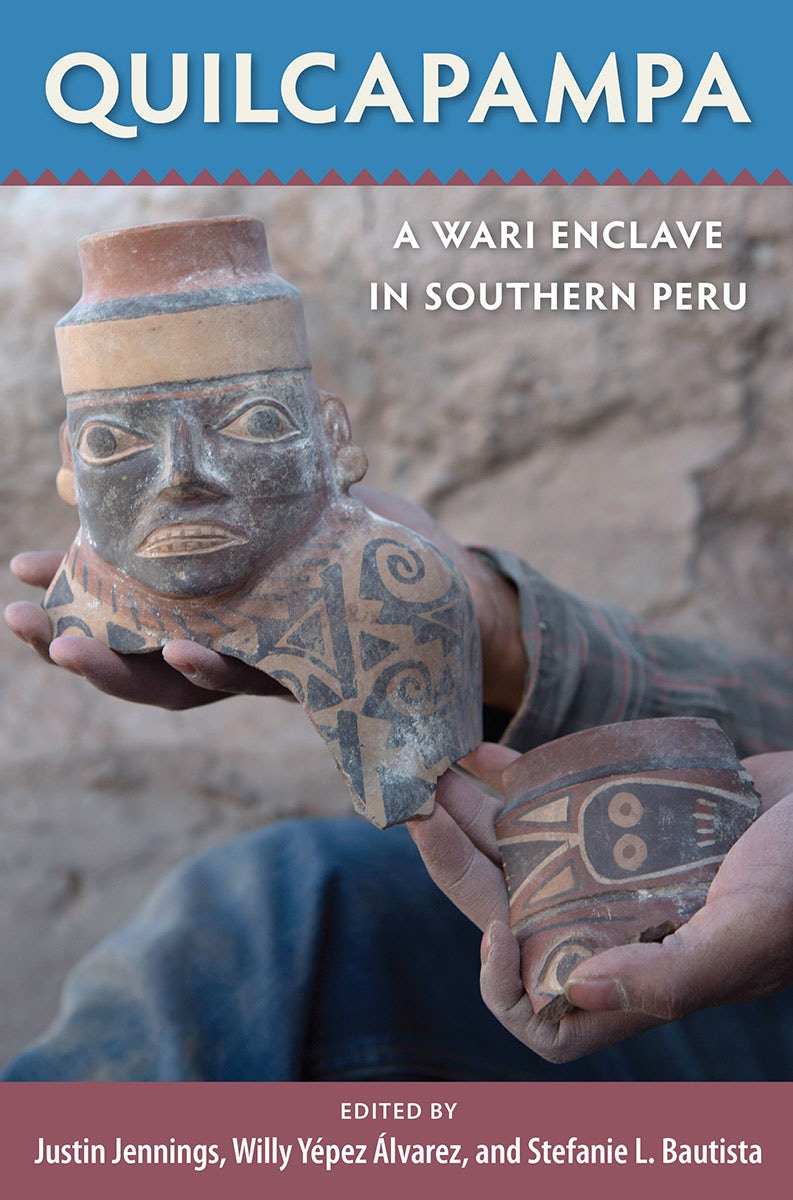
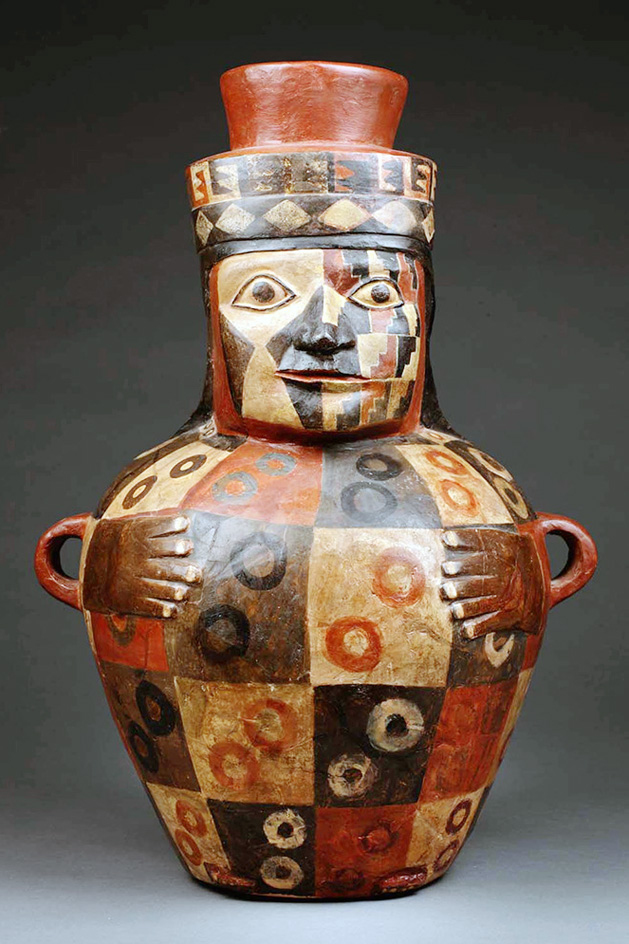
~ ~ ~
Drug-laced beer may have forged ancient Peruvian empire
Andean rulers may have fostered allegiance one feast at a time
11 JAN 20227:01 PM BY ANDREW CURRY

Illustration of a vessel showing tree and its seed pods sprouting from the head of the Staff God
Ancient Peru’s Wari culture painted depictions of the vilca tree—and its hallucinogenic seed pods—on drinking vessels, like this motif from a site called Conchopata
.J. OCHATOMA PARAVICINO/M. E. BIWAR ET. AL., ANTIQUITY (2021)
Between 500 and 1100 C.E., the highlands of Peru were home to a far-reaching empire known as the Wari. Like the Inca after them, the Wari managed to spread their culture over the vast distances and rugged terrain of the Andes Mountains. Now, new finds from a small site in Peru suggest the Wari may have forged political alliances by serving drug-laced beer to local elites at periodic parties, extending their empire one trippy feast at a time. The idea that the Wari used hallucinogens for political maneuvering and not solitary religious rituals “makes a lot of sense,” says University of North Carolina, Greensboro, archaeologist and Wari expert Donna Nash, who was not involved in the research.
Between 2013 and 2017, archaeologists excavating near Arequipa in southern Peru found evidence of a small Wari outpost, some 800 kilometers south of the capital at Huari. Called Quilcapampa today, the site was probably home to only 100 Wari at its peak—perhaps three extended families and a few others, plunked down in a remote, arid valley more than 200 kilometers from the nearest large Wari settlement.
Artifacts suggest the surrounding area was populated by locals who maintained their lifestyle after the Wari arrived in the middle of the ninth century. And though their outpost boasts typical Wari architectural styles and houses objects such as elaborately decorated drinking vessels, feathered ceremonial clothing, and stone tablets, it lacks any weapons that might signal a military presence. How could a small group of foreigners so far from home, researchers wondered, get locals to accept them and perhaps even recognize their authority?
. . .
Why they brought the drug was another question. Consumed alone, vilca brings on intense, private hallucinations. However, when added to alcohol—particularly the fermented fruits of the molle tree—the seed’s hallucinogenic compounds are diluted but remain active. “Instead of an abrupt out-of-body experience, you would have a more elongated high [that] you would be able to enjoy with other people,” says Royal Ontario Museum archaeologist Justin Jennings, who led the excavation. “[The Wari] take something that is an antisocial drug and make it a social one.”
More:
https://www.science.org/content/article/drug-laced-beer-may-have-forged-ancient-peruvian-empire
~ ~ ~
Psychedelic beer helped build the South American Wari Empire, research says
January 12, 2022
Beer equipped with hallucinogenic drugs derived from plant seeds may have helped the leaders of a South American culture maintain their political control over hundreds of years, according to new research.
The Wari, who built an empire and ruled the highlands of what is today Peru from 600CE to 1000CE, prior to the Incas.
Archaeological excavations at the Quilcapampa site in southern Peru, which took place between 2013 and 2017, found that Wari used seeds from the vilca tree and combined the hallucinogenic drug with chicha, or beer made from the molle tree.
. . .
“This is a change in the Andes in terms of politics and the use of hallucinogens,” said study author Matthew Biwer, a visiting assistant professor of archeology at Dickinson College in Pennsylvania.
“We see this type of use of hallucinogens as a different context of use than in earlier civilizations, which seemed to have strictly guarded the use of hallucinogens in a select few, or the last Inca Empire which emphasized widespread beer consumption. but does not use psychotropic substances such as vilca at festivals. “
More:
https://armenia.kivazen.com/psychedelic-beer-helped-build-the-south-american-wari-empire-research-says/